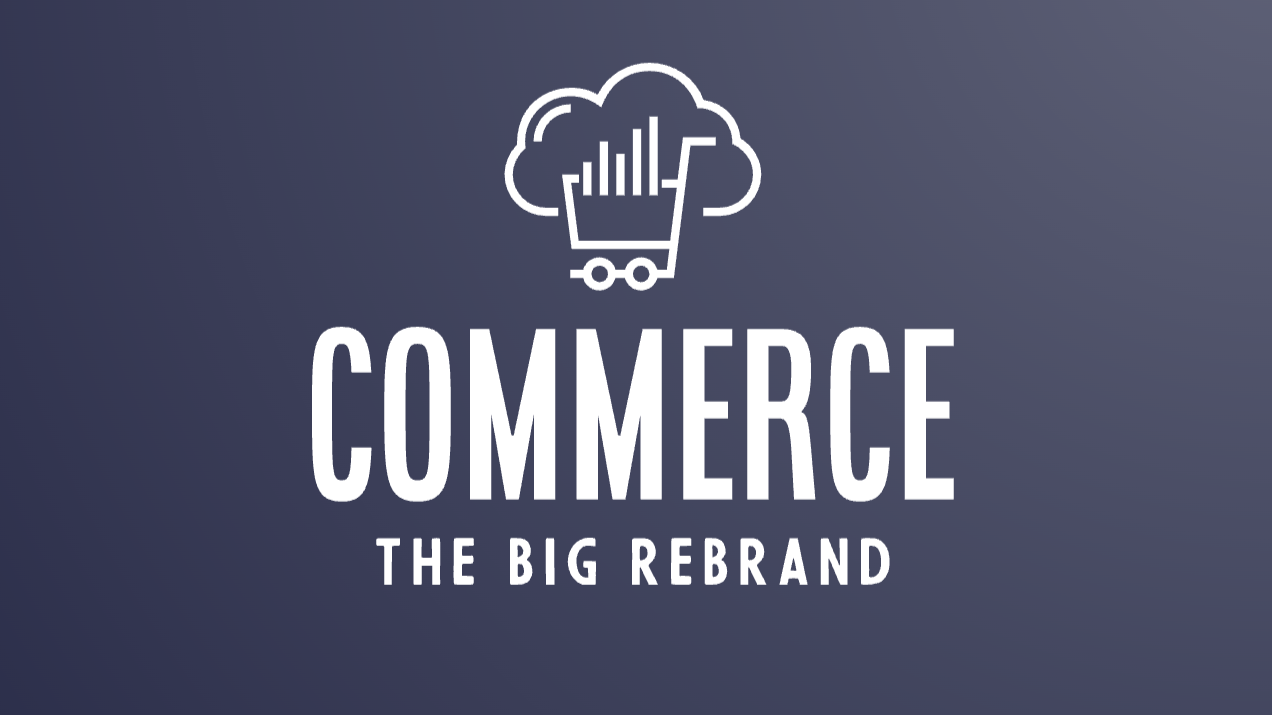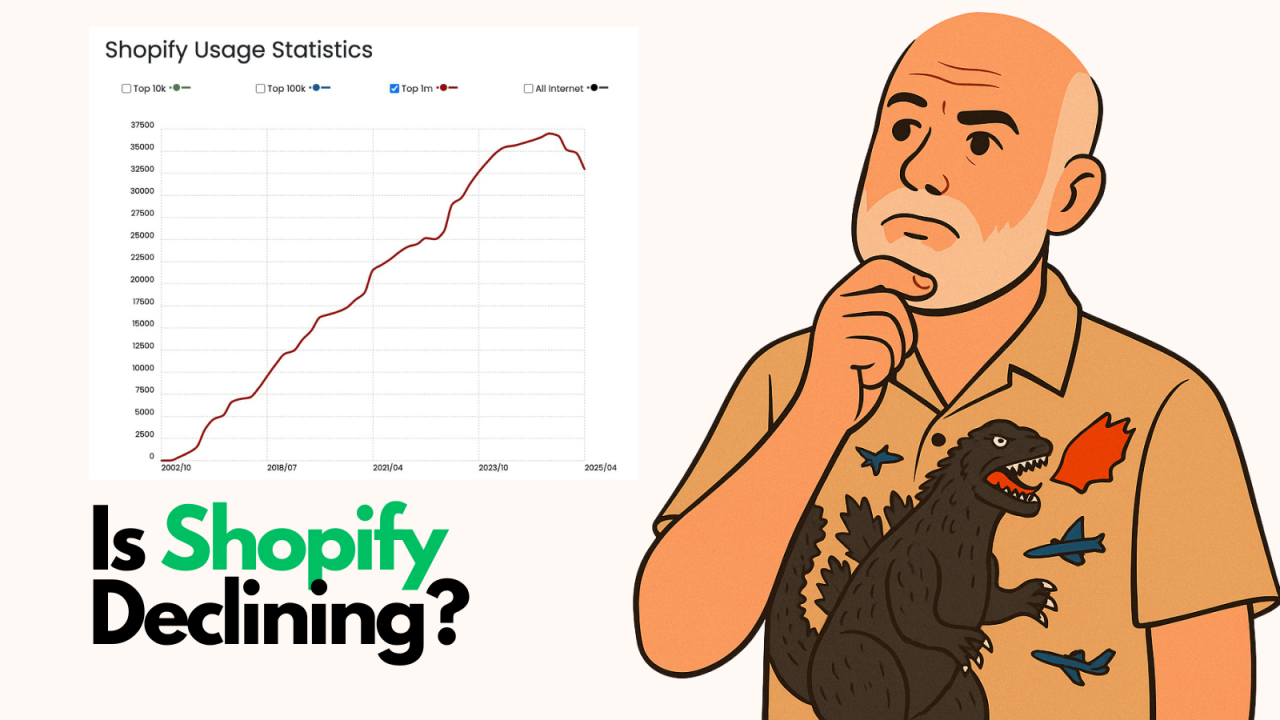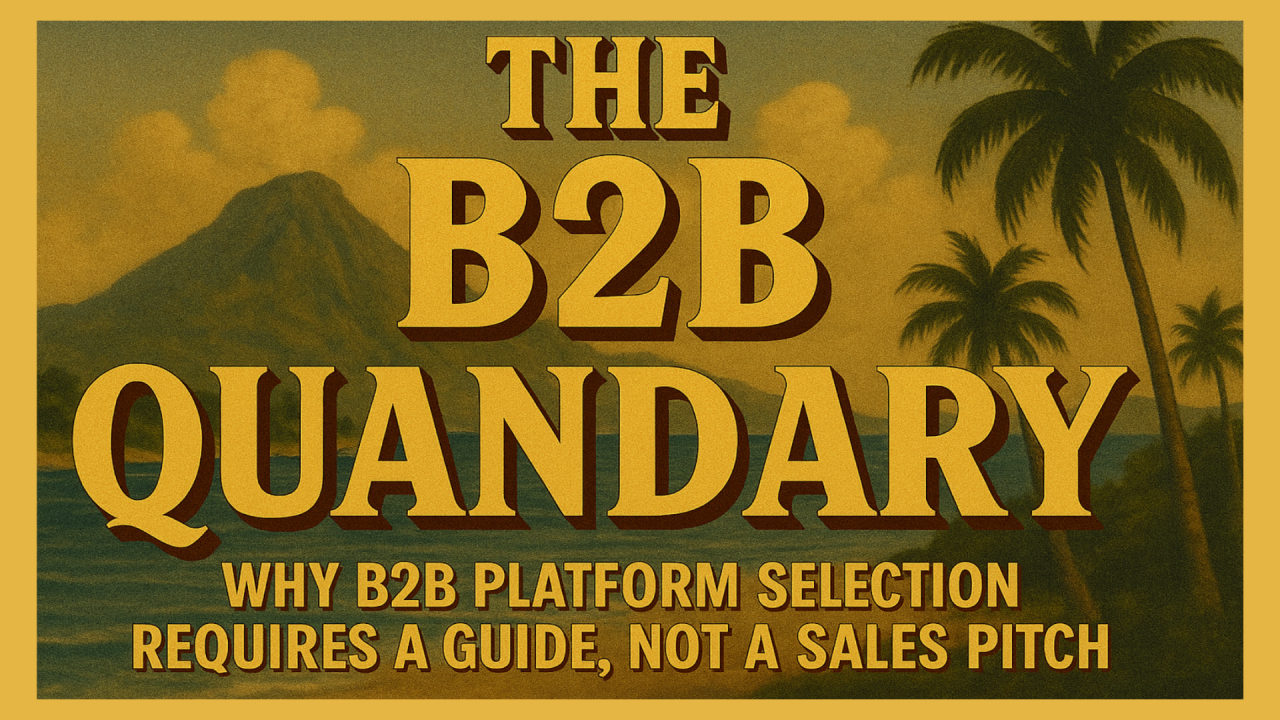
In today's digital age, businesses are always looking for ways to improve their online visibility and connect with their target audience. One of the most effective ways to achieve this is by leveraging social media to boost your website's search engine optimization (SEO). Social signals refer to the likes, shares, comments, and other interactions that your content receives on social media platforms. These signals can significantly impact your website's ranking on search engines like Google. In this article, we'll explore the relationship between social media and SEO and how you can leverage social signals to improve your website's visibility online.
Social media and SEO are two different digital marketing strategies, but they are closely related. Social media can help improve your website's SEO by generating social signals that indicate to search engines that your content is valuable and relevant to users. Social signals refer to the various interactions that users have with your content on social media platforms. These signals include likes, shares, comments, and other forms of engagement that your content receives. Search engines like Google use complex algorithms to determine which websites and pages should be ranked higher in search results. The more social signals your content receives, the more likely it is to be ranked higher in search engine results pages (SERPs).
Social media can also help drive traffic to your website, which is another important factor for SEO. When you share your content on social media, it can be seen by a wider audience, which can lead to more clicks and visits to your website. This increased traffic can help improve your website's metrics, such as bounce rate and time on site, which can also impact your search engine rankings.
To optimize your social media profiles for SEO, ensure that your profiles are complete and up-to-date. This includes adding a profile picture, cover photo, and bio that accurately represents your brand and conveys what you do. For example, if you're a fashion brand, your profile picture could be your logo or a high-quality image showcasing your latest collection. The cover photo could feature models wearing your designs. In the bio, clearly articulate your brand's unique selling points and provide a concise overview of your products or services.
Including links to your website and other relevant social media profiles is crucial. This allows users to easily navigate to your website for more information and helps search engines understand the connections between your online presence. For instance, you can include a link to your website's homepage, specific product pages, or blog articles that provide valuable insights. Additionally, linking to your other social media profiles, such as Facebook, Twitter, and Instagram, fosters cross-platform visibility and consistency in branding.
Creating shareable content on social media can be a challenge, but there are some best practices that you can follow to increase the likelihood that your content will be shared. Focus on generating valuable and relevant content that caters to your target audience's needs and interests. For example, if you run a fitness blog, you can create content like workout routines, healthy recipes, or tips for maintaining an active lifestyle. Ensure that your content is visually appealing and easy to consume by utilizing high-quality images, videos, infographics, or interactive elements. If you're sharing a recipe, accompany it with mouthwatering food photography. If it's a workout routine, include a video demonstrating the exercises.
Keeping your posts concise and to the point is vital, as users tend to engage more with shorter posts that deliver the message efficiently. Use industry-specific keywords and relevant hashtags in your captions to improve the visibility of your content. For instance, if you're a travel agency promoting a vacation package to Bali, incorporate keywords like "Bali travel," "beach getaway," or "exotic destinations." Pair these keywords with popular and relevant hashtags such as #TravelTuesday or #WanderlustWednesday to increase discoverability.
To encourage content sharing, make it easy for users by including social sharing buttons on your posts. These buttons allow users to quickly share your content on their own social media profiles, increasing its reach and potential engagement. Additionally, actively encourage users to share your content through call-to-action statements. For example, you can end a blog post with a sentence like, "If you found this article helpful, please share it with your friends who might benefit from it."
In addition to generating social signals, social media platforms provide valuable opportunities to build high-quality backlinks for your website. Backlinks are links from external websites that direct users to your website, and they play a crucial role in SEO as they indicate to search engines that your content is considered valuable and trustworthy by other websites. Here are some effective strategies to build backlinks through social media:
Begin by sharing your website's content on social media platforms. By sharing engaging and valuable content, you encourage others to share it as well. For example, if you're an e-commerce store specializing in sustainable fashion, share a blog post about eco-friendly fashion tips and encourage readers to share it with their friends who are interested in sustainable living.
Actively engage in industry-related discussions on social media platforms, demonstrating your expertise and knowledge. By providing insightful comments and answers to questions, you can establish yourself as an authority in your field and attract attention from other users. If you're a digital marketing agency, participate in Twitter chats or LinkedIn groups focused on digital marketing topics and share your expertise by answering questions or providing valuable insights.
Collaborating with other brands and influencers in your industry can lead to mutually beneficial partnerships and opportunities for backlink building. By partnering with influencers, you can leverage their reach and influence to promote your content and website, potentially earning backlinks from their websites or social media profiles. For example, if you're a beauty brand, collaborate with a popular beauty blogger or influencer to create a joint campaign or product review, which can result in backlinks and increased exposure.
Look for guest blogging or contributor opportunities on industry-specific websites or influential blogs. Writing guest posts allows you to showcase your expertise and knowledge while earning valuable backlinks to your website. Reach out to website owners or blog editors to inquire about guest posting opportunities and provide them with high-quality content ideas that align with their audience's interests.
Actively engage with other professionals, brands, and influencers in your industry on social media platforms. Building genuine relationships and networking can lead to natural backlink opportunities as you support each other's content or collaborate on projects. Engage with their content, share their posts, and provide valuable insights to foster strong relationships that may result in future backlinks.
You can read more about backlinks for improved SEO and Google ranking here.
While it can be challenging, utilizing specific metrics allows you to track your progress and make informed decisions. One of the most important metrics to consider is the number of social signals your content receives, such as likes, shares, and comments. These interactions indicate the level of engagement and interest generated by your content.
In addition to social signals, monitoring your website's traffic and engagement metrics provides valuable insights into how social media impacts your SEO efforts. Analyzing metrics such as the number of website visits, page views, time on site, and bounce rate can help you evaluate the effectiveness of your social media campaigns. If you notice a significant increase in website traffic from social media platforms after implementing a new content strategy, it indicates that your social media efforts are driving relevant traffic to your site.
By leveraging Google Analytics, you can gain valuable insights into how social media impacts your overall website metrics. For instance, you can analyze the "Acquisition" section in Google Analytics to identify the traffic generated from social media platforms. Additionally, social media management tools like Hootsuite and Buffer offer features to track and measure social media metrics. These tools provide analytics dashboards that display key performance indicators such as follower growth, engagement rates, and post reach. You can monitor the performance of your social media profiles, identify trends, and make data-driven decisions to optimize your social media strategy.
In conclusion, social media can be a powerful tool for businesses looking to improve their online visibility and connect with their target audience. By leveraging social signals to improve your website's SEO, you can increase your website's visibility on search engines like Google and drive more traffic to your website. To optimize your social media profiles for SEO, you should ensure that your profiles are complete and up-to-date, use keywords and hashtags that are relevant to your brand and industry, and create shareable content that is valuable and relevant to your target audience. By following these best practices and measuring your progress, you can leverage social media to take your digital marketing strategy to the next level.

Following up on my earlier post about BigCommerce's rebrand announcement, I got my hands on theCleveland...

By Brent W Peterson AI vs Shopify: Is Platform Dominance Ending in 2025?

The B2B OG Reality Check In 1995, I built my first B2B website for my then computer assembly company. It...